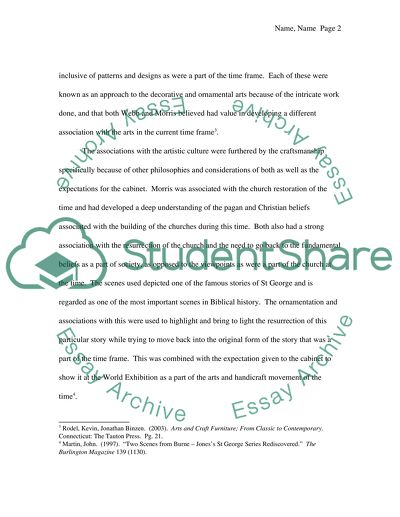Cite this document
(“St George Cabinet by Philip Webb, reaction against commercialism Essay”, n.d.)
Retrieved from https://studentshare.org/environmental-studies/1415708-st-george-cabinet-by-philip-webb-reaction-against
Retrieved from https://studentshare.org/environmental-studies/1415708-st-george-cabinet-by-philip-webb-reaction-against
(St George Cabinet by Philip Webb, Reaction Against Commercialism Essay)
https://studentshare.org/environmental-studies/1415708-st-george-cabinet-by-philip-webb-reaction-against.
https://studentshare.org/environmental-studies/1415708-st-george-cabinet-by-philip-webb-reaction-against.
“St George Cabinet by Philip Webb, Reaction Against Commercialism Essay”, n.d. https://studentshare.org/environmental-studies/1415708-st-george-cabinet-by-philip-webb-reaction-against.


